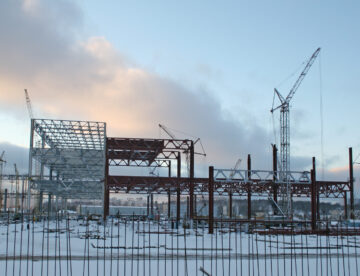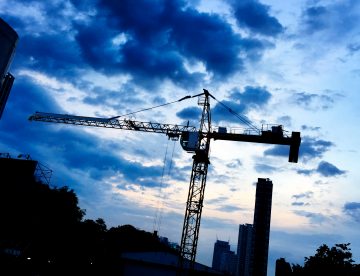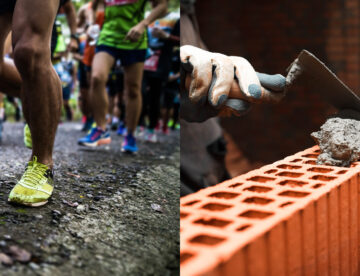
It’s fairly common for construction workers to question whether they need to follow an exercise regime, considering the fact that they already do a lot of physical activity in their daily work.
While it’s true that construction work involves a mix of low-intensity and heavier physical activity that might seem like a good workout, research has shown this doesn’t match the numerous health benefits that come from recreational physical activity. In this week’s blog, we’re taking a closer look at this topic.
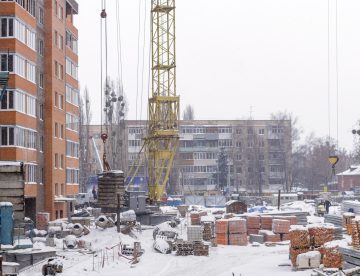
The recent cold snap is a reminder to us that working outdoors in such conditions is not exactly the most pleasant thing any of us could be doing and that, once again, it’s time for our industry to brace itself for the winter months ahead.
During these months, we all need to be aware of the potential hazards that come with harsher weather, recognise that some tasks could take longer to complete and be prepared to make adaptations when planning work activities.
If you’re working on site this winter, here’s our handy guide to surviving the cold.

If you’ve been working on a construction site in Britain for a while then it’s very likely you’ll have the had many experiences of working in rainy conditions.
While the odd shower isn’t so bad, persistent rain can result in some pretty unpleasant working conditions on site (and in other outdoor working environments). As well as posing a number of risks associated with workers getting cold and wet, rain can increase the chances of people falling victim to other hazards like slips, falls and accidents caused by poor visibility.
As we’ve had a few Autumnal downpours over the past few days, in this week’s blog, we’re talking about the dangers associated with working in rain and what steps can be taken to stay safe.
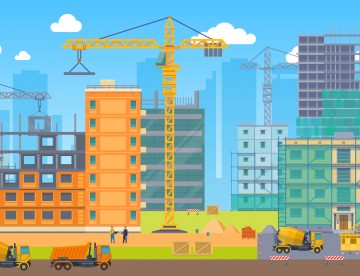
Statistics from the Health and Safety Executive show that there has been an average of 61,000 non-fatal injuries in construction each year and that during the period 2020-21 there were 39 fatal injuries. Although that might not seem a large number, it’s 4 times the rate for all industries!
Whilst falls from height and slips, trips and falls feature among the most common causes of injury, every year thousands of people are injured due to hazards arising from the equipment they’re using on site. Take a look at this week’s blog for six common dangers to watch out for.
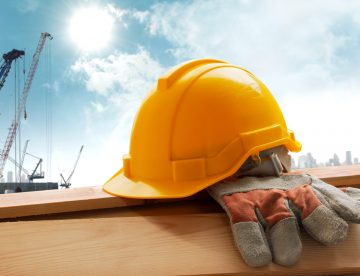
Did you know that, in the UK, even under our usually cloudy skies, up to 80% of dangerous UV rays can still get through. And, because of their heightened exposure to the sun, five outdoor workers a day in Britain get skin cancer and 60 people lose their life every year as a direct result. We hate to spoil the mood on this lovely, warm September day but, with the sun shining down on our outdoor workforce, it’s a good time to remind everyone of the dangers of the sun’s ultraviolet (UV) rays and it’s relation to what’s sometimes called the ‘invisible killer’. Find out what you can do to minimise the risk in today’s blog.
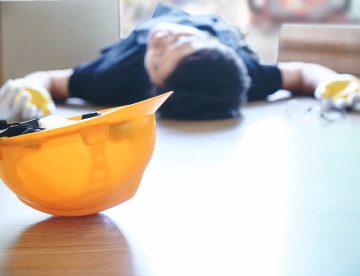
While strict health and safety measures have certainly reduced the number of injuries and fatalities in construction, the industry is still one of the most hazardous in the UK. Last year, construction workers suffered 61,000 non-fatal injuries and 40 people died as a result of workplace injury in our sector. What’s most frustrating is that the vast majority of on-site injuries are completely preventable. Today, we’re taking a look at four of the most common causes of accidents and offering some basic tips on what you can do to reduce the risks.
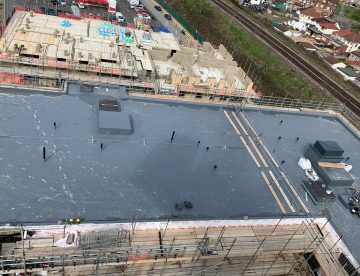
When working with hot melt or torch-on systems, the roofing environment can easily become hazardous. But, if workers are committed to following the right safety procedures and have an attitude where safety always comes first, any potential hazards can just as easily be avoided. We’ve just issued all our operatives with a detailed Toolbox Talk to ensure their understanding of this issue is completely up-to-date. Here, we share some of some of the key points.

As the country moves into a third national lockdown, many people will be keeping their cars firmly on the drive while they stay at home/ work from home but this will not be the case for construction workers who are recognised by government as ‘essential to keeping the country operating’ and will therefore continue to be on the road. With adverse weather and darker days, it’s vitally important to know how to prepare for any journey and how to adapt to changing conditions.

